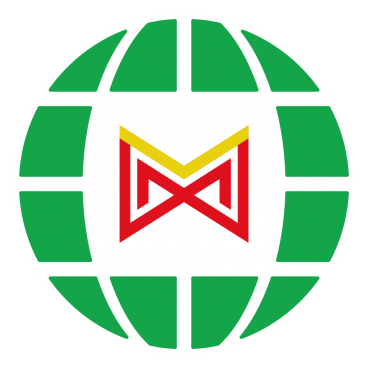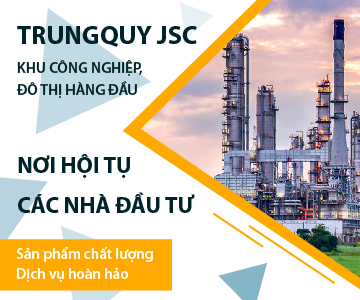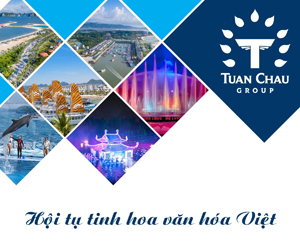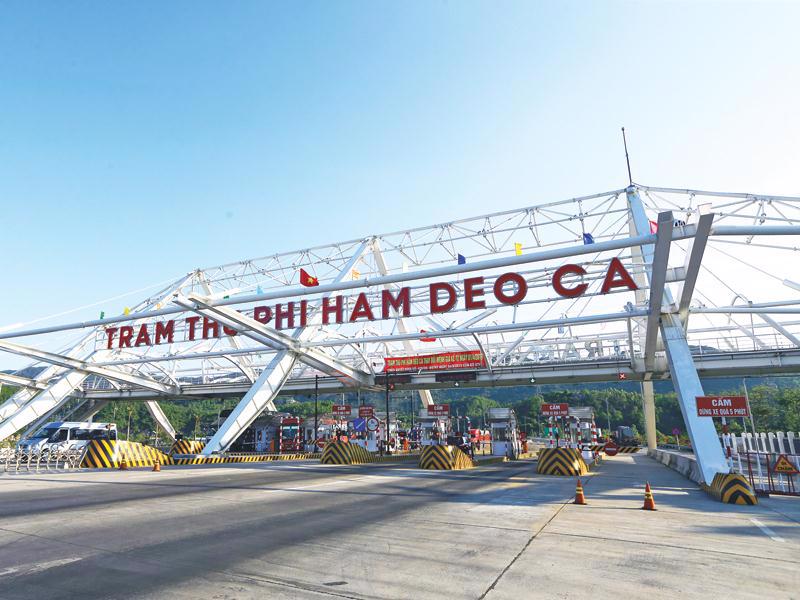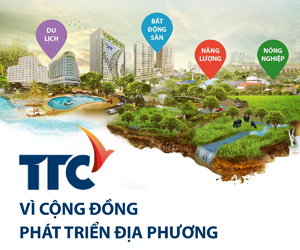INTERNATIONAL INVESTMENT
AND PORTAL
Similarly, the Hanoi Stock Exchange (HNX) saw a consistent decline in listings, dropping from 367 in December 2019 to 311 by February this year.
 (L-R) Nguyen Hoang Kim Oanh, country managing partner and Ngo Thai Ninh special counsel Baker McKenzie Vietnam
(L-R) Nguyen Hoang Kim Oanh, country managing partner and Ngo Thai Ninh special counsel Baker McKenzie Vietnam
In 2024, the HSX saw 10 new listings, but only two of these were companies listed through initial public offerings (IPOs), and the rest were companies transitioning from the Unlisted Public Company Market (UPCoM). This market performance contrasts sharply with the earlier growth phase between 2015 and 2019 when both exchanges saw steady increases.
This slowdown may stem from various underlying factors, including the current legal and regulatory framework, which, despite evolving, is still seen as not sufficiently supportive for IPOs and listings.
There are two common routes for listing. One is the traditional IPO, where a company raises capital through a public offering before listing directly on the HSX/HNX. This route is ideal for mature, well-capitalised companies, while smaller companies may find it challenging to attract sufficient investor interest.
The other route is listing by introduction, where a company registers for trading on the UPCoM for at least two years as a stepping-stone before moving to the HSX/HNX. This route allows the company to test the market before listing on the HSX/HNX, offering more flexibility, and is often used by smaller companies.
Both paths offer distinct benefits but come with strict financial criteria. For a traditional IPO, the company must have a minimum charter capital of VND30 billion ($1.2 million) at the time of registration, show profitability for two years leading up to IPO registration year, and have no accumulated losses by that year.
For a listing by introduction, the company first registers for trading on the UPCoM, which only requires public company status.
However, to apply for listing on the HSX/HNX subsequently, the company must further satisfy the full set of listing conditions: profitability for two years, no overdue debts for over a year, no accumulated losses, and a minimum return on equity of 5 per cent in the year before listing application.
Although these requirements aim to safeguard investors and improve market standards, they create substantial entry barriers for small businesses and startups. These companies frequently incur losses in their early stages due to significant research and development expenses, making it difficult for them to meet profitability criteria despite showing strong growth potential. Additionally, the lack of fixed assets often makes it challenging for them to secure traditional bank loans.
Consequently, many startups, particularly in technology area, choose to incorporate their holding companies overseas to gain easier access to funding while maintaining their core operations in Vietnam.
Vietnam could explore regulatory reforms that enable loss-making but growth-oriented businesses and startups to conduct IPOs, at least to raise funds from professional or foreign investors. The upcoming international financial centres in Ho Chi Minh City and Danang could serve as regulatory sandboxes for such trials.
To remain competitive, Vietnam could also leverage emerging sectors like AI to boost IPO and listing activities. Landmark deals involving companies like Nvidia and VinBrain have spotlighted the country’s potential in this sector.
Another key challenge lies in the separation in timelines between IPO and listing. By law, these are distinct processes, and it can take three months or more after completing an IPO for shares to start trading on the HSX/HNX.
To illustrate, a company must first register the IPO with the State Securities Commission (SSC) and obtain an IPO certificate, and shares must then be distributed within 90 days (extendable by 30 days). For listing, once the offering is completed, a listing application must be submitted to the HSX/HNX within 30 days, and the listing must occur within 90 days from the listing approval date.
This layered timeline creates a significant illiquidity gap for investors – funds are committed, but shares are not available for trading during this period.
In response, the government is currently amending legal regime to integrate the IPO and listing processes into a single streamlined procedure. The proposed amendments would allow IPO and listing to occur simultaneously, and shorten the listing process from 90 days to 30 days after the listing approval date.
These reforms, if enacted, would provide a more favourable legal framework for companies to list sooner than expected and enable faster market entry for investors.
Not all IPOs succeed. After obtaining an IPO certificate, unforeseen events can lead to cancellation. In such cases, the SSC shall revoke the offering, and the company must publicly disclose such cancellation, recall any issued unlisted shares and refund the investors.
Depending on the company’s status post failure, it must either register for trading on the UPCoM or apply to revoke public company status to ensure compliance with regulations and transparency with stakeholders.
Internally, the company may need to reassess its charter, governance structure, and contractual commitments. The company might also need to address financial or operational gaps, and communicate with investors and stakeholders to manage expectations and maintain trust.
